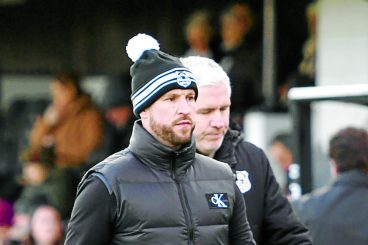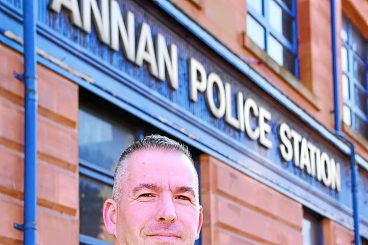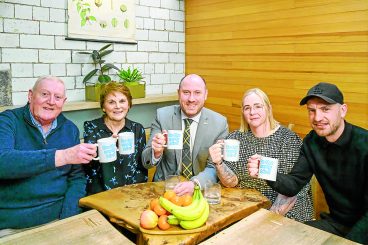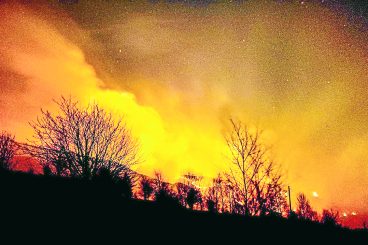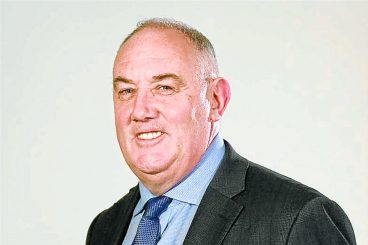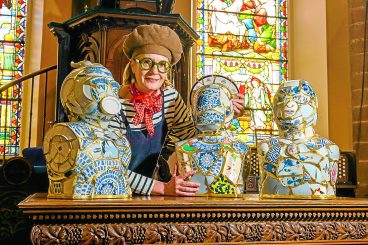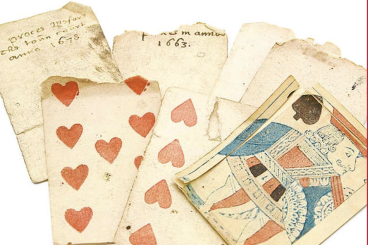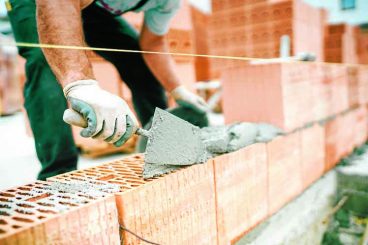A ‘MUCH NEEDED’ new larder/chill facility for venison has opened near Castle Douglas.
It has been supported by funding from the Scotland Food and Drink Partnership Covid Recovery Fund.
The region was chosen due to there being little or no existing infrastructure for wild venison to access the food supply chain and to help expand safe and legal routes to market.
The increase in the number of regional chills and small processing units is an important objective of the Scottish Venison strategy.
The new chill, which includes a prep room, is sited on the Barwhillanty Estate at Parton and is predominantly for red, roe and fallow deer, with a capacity for up to 25 roe carcasses at any one time.
It is anticipated that throughput will initially be around 300 carcasses per annum, with supply coming from both the estate itself and local stalkers who are able to join to use the facility on a membership basis. Currently supply from the chill is going to Peterborough Game with other opportunities being explored including local markets, direct sales via the web, and input to local restaurants and hospitality in south Scotland and the north of England.
The initiative by the estate, which has funded the project by around 60 per cent of the total cost in addition to the supply of land, vehicular access, and access to services including water, power and drainage, has been accommodated within a re-purposed Galloway steading. Costs to date are just under £50,000 with a welfare facility to be added, with just over £20,000 of this met through the Covid Recovery Fund.
A brand for the venison produced at Barwhillanty is also currently in development.
Oscar Yerburgh, from the estate, said: “This project has taken the best part of three years to develop; the main challenges have been the impact of inflation on costs and the requirements of a welfare facility for the members. We explored numerous approaches for the development – direct build, modular units, repurposed lorry chill units and indeed containerised units that would fit within the steading. In the end we went with a local contractor, Andy Tempelton, who shared our understanding that there must be a simpler way. Increased build and materials costs have necessitated the unit being smaller than originally envisaged but it’s been designed with expansion in mind and for expanding into meat other than venison.
“We will now be turning our attention to marketing, education and collaboration to drive venison sales; this is a meat that Scotland really should be championing.”
Scottish Venison chairman Richard Cooke added: “This is the first of three pilot units that are being developed through private sector initiatives but supported by a small pot of public sector funding. Each pilot is distinctly different and there will be a lot that the sector and those looking for guidance can learn from them all.
“Crucially, we require this type of infrastructure at many more locations across Scotland to allow the bigger processors to uplift carcasses in decent volumes, and also to enable supply into local and regional markets to be developed.
“An increased harvest of venison is being demanded by Government and its agencies to protect the environment, support biodiversity recovery and play a part in the fight against climate change. All these can be achieved by the deer sector with, in addition, the safe and legal supply of a healthy red meat to the market. So, this type of enterprise scores on many fronts.”








